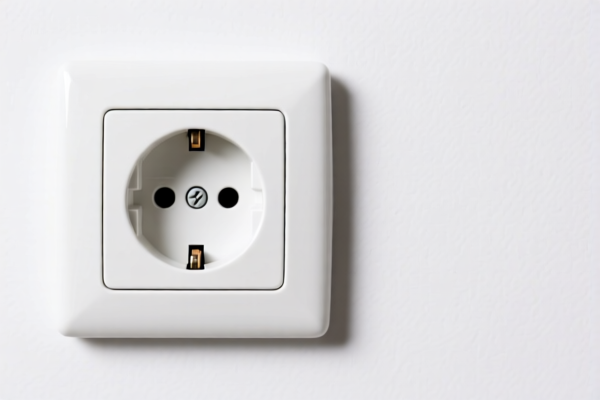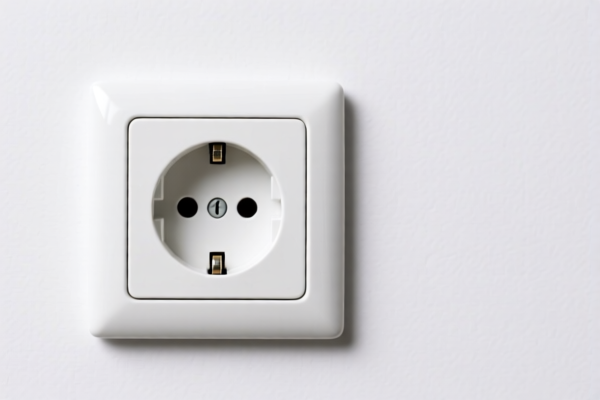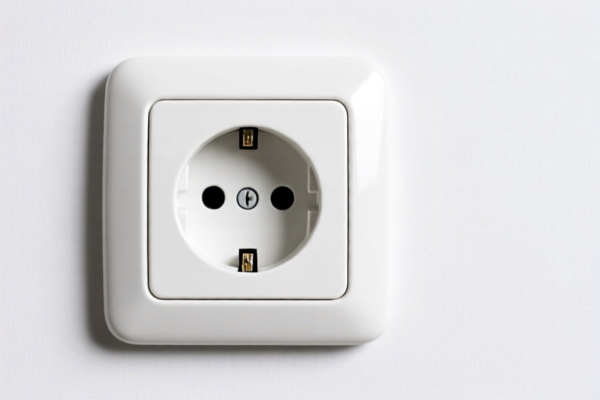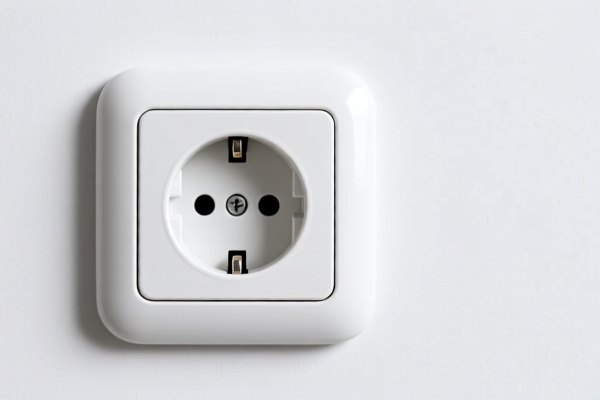| HS Code | Official Doc | Tariff Rate | Origin | Destination | Effective Date |
|---|---|---|---|---|---|
| 8537109170 | Doc | 57.7% | CN | US | 2025-05-12 |
| 8537109160 | Doc | 57.7% | CN | US | 2025-05-12 |
| 8535908040 | Doc | 57.7% | CN | US | 2025-05-12 |
| 8535904000 | Doc | 57.7% | CN | US | 2025-05-12 |
| 8538908160 | Doc | 58.5% | CN | US | 2025-05-12 |
| 8538908140 | Doc | 58.5% | CN | US | 2025-05-12 |
| 3925900000 | Doc | 60.3% | CN | US | 2025-05-12 |




Power Socket
A power socket, also known as an electrical outlet, wall socket, or receptacle, is a point of connection to the electrical grid. It provides access to power for electrical devices.
Material
Power sockets are typically constructed with a combination of materials:
- Housing: Commonly made of durable plastic, such as Polyvinyl Chloride (PVC) or Polycarbonate, chosen for its insulating properties and heat resistance. Increasingly, materials with flame-retardant properties are used.
- Contacts: Usually brass or bronze alloys, selected for their conductivity and resistance to corrosion. Silver plating is sometimes used to further improve conductivity and reduce resistance.
- Internal Components: Utilize steel or brass for springs and conductive parts, and often include ceramic or plastic insulators.
- Wiring Connections: Copper wires are used for connecting to the building's electrical system.
Purpose
The primary purpose of a power socket is to safely and conveniently provide electrical power to devices. They eliminate the need for direct wiring of each appliance, improving safety and flexibility.
Function
Power sockets function by establishing a circuit between the electrical grid and the connected device. They typically have two or three prongs (or contacts):
- Live (Hot): Carries the electrical current from the power source.
- Neutral: Provides a return path for the current, completing the circuit.
- Ground (Earth): A safety feature providing an alternative path for current in the event of a fault, protecting against electric shock. (Not always present, depending on the type and region).
Usage Scenarios
Power sockets are ubiquitous in residential, commercial, and industrial settings. Common applications include:
- Home Appliances: Connecting lamps, televisions, refrigerators, washing machines, and other household devices.
- Office Equipment: Powering computers, printers, monitors, and other office machinery.
- Industrial Machinery: Supplying power to motors, tools, and control systems.
- Portable Devices: Used with power adapters to charge or operate devices like laptops, phones, and power tools.
Common Types
Power sockets vary significantly based on regional standards. Key differences include voltage, current capacity, pin configuration, and grounding systems. Some common types include:
- Type A (North America, Japan): Two flat parallel pins. Often ungrounded.
- Type B (North America, Japan): Two flat parallel pins with a round grounding pin.
- Type C (Europe, Asia, South America): Two round pins.
- Type D (India, Nepal): Three large round pins.
- Type E (France, Belgium, Poland, Slovakia, Czech Republic): Two round pins with a grounding pin.
- Type F (Germany, Russia, most of Europe): Two round pins with grounding clips on the sides. Compatible with Type C.
- Type G (United Kingdom, Ireland, Malta, Malaysia): Three rectangular pins.
- Type H (Israel): Three round pins.
- Type I (Australia, New Zealand, China): Three flat pins, with or without a grounding pin.
- Type J (Switzerland, Liechtenstein): Three round pins.
- Type K (Denmark, Greenland): Two round pins with a grounding pin.
- Type L (Italy, Chile): Three round pins in a line.
- Type M (South Africa): Three large round pins.
- Type N (Brazil): Two round pins with a grounding pin.
It is important to use the correct adapter or plug when connecting devices to power sockets in different countries to ensure safety and prevent damage to equipment.
Power sockets fall under the category of electrical apparatus for switching or protecting electrical circuits, or for making connections to or in electrical circuits. Based on the provided information, the following HS codes are relevant:
- 8535908040: This HS code covers electrical apparatus for switching or protecting electrical circuits, or for making connections to or in electrical circuits (for example, switches, fuses, lightning arresters, voltage limiters, surge suppressors, plugs and other connectors, junction boxes), for a voltage exceeding 1,000 V: Other: Other Other connectors. This code applies to power sockets designed for voltages above 1,000V. The total tax rate is 57.7%, comprising a basic tariff of 2.7% and an additional tariff of 25.0%, increasing to 30.0% after April 2, 2025.
- 8535904000: This HS code covers electrical apparatus for switching or protecting electrical circuits, or for making connections to or in electrical circuits (for example, switches, fuses, lightning arresters, voltage limiters, surge suppressors, plugs and other connectors, junction boxes), for a voltage exceeding 1,000 V: Other: Motor starters and motor overload protectors. While primarily for motor control, this code could potentially apply to specialized power sockets integrated with overload protection features, for voltages above 1,000V. The total tax rate is 57.7%, comprising a basic tariff of 2.7% and an additional tariff of 25.0%, increasing to 30.0% after April 2, 2025.
It is important to note that the applicable tax rate for both codes is 57.7% currently, and will increase to 60.7% after April 2, 2025.
Customer Reviews
No reviews yet.